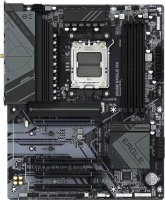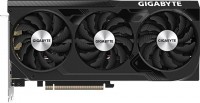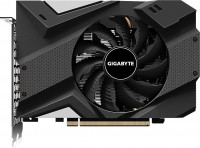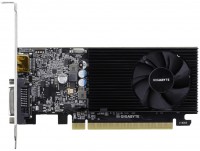Graphics Cards Gigabyte series Eagle (gaming)
prices on 26 modelsGigabyte Eagle Series
In 2020, life was in full swing on the graphics card market: 4K gaming was slowly becoming commonplace, next-generation consoles were flashing on the horizon, and NVIDIA and Radeon synchronously promised to create unprecedented things with their new architectures. Such tectonic shifts required an appropriate response, and many graphics card manufacturers hurried to update their product lines, leaving everything unnecessary behind. The Taiwanese giant Gigabyte with its three new product lines has succeeded the most in this business. In this new hierarchy, the Eagle line is located just below the "creative" Vision models and flagship Aorus graphics cards.
 |
In terms of price and equipment, Eagle models will be the optimal choice for old-school players who put pure power above address illumination or the ability to connect a dozen monitors. Most Eagle cards have a standard configuration of video outputs, there is no additional power, and the factory overclocking is very limited. The familiar Windforce cooling system with two or three turntables is used to cool the board, and illumination is limited to the illumination of the Eagle logo and air intakes on the backplate. In general, the design of the casing resembles the Sapphire Nitro models.
At the same time, the line includes models of the class from "above average" to "I can run anything". In the first case, this is GeForce RTX 3060 and Radeon RX 6700 XT, in the second case we are talking about top-end RTX 3080 and RX 6900 XT chips, which you can not write down in the middle class. One gets the impression that if NVIDIA or Radeon do not give birth to really popular video cards like RTX 3050 or Radeon RX 6500 this year, then such a middle class will soon be considered low-cost, and the Eagle line will take the place of Gigabyte Gaming or Windforce series.









